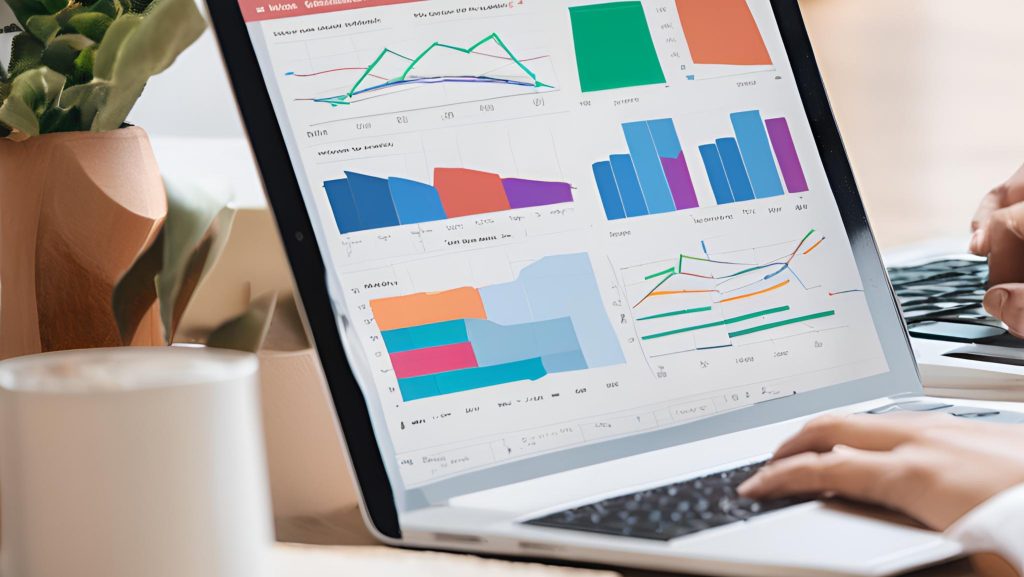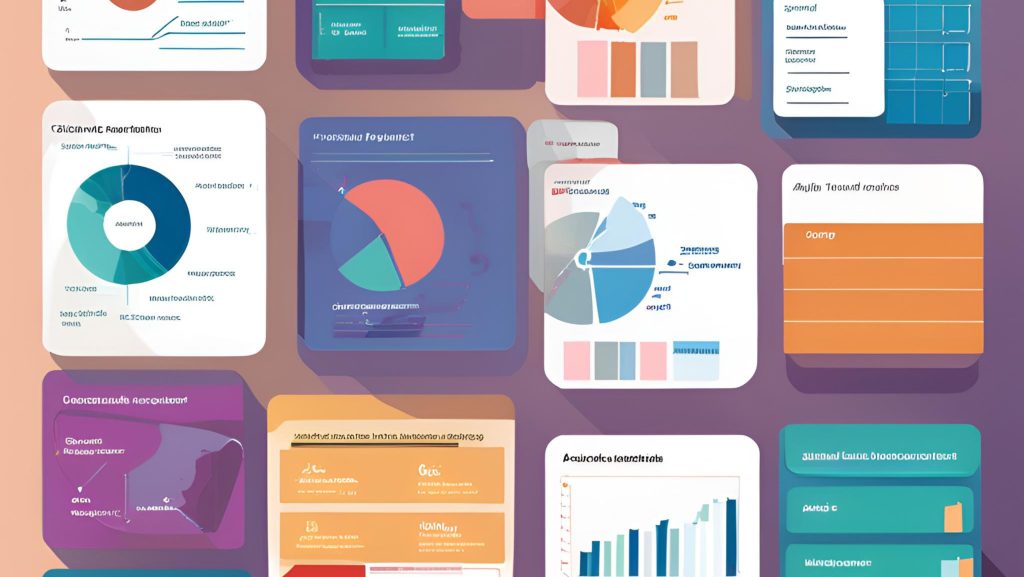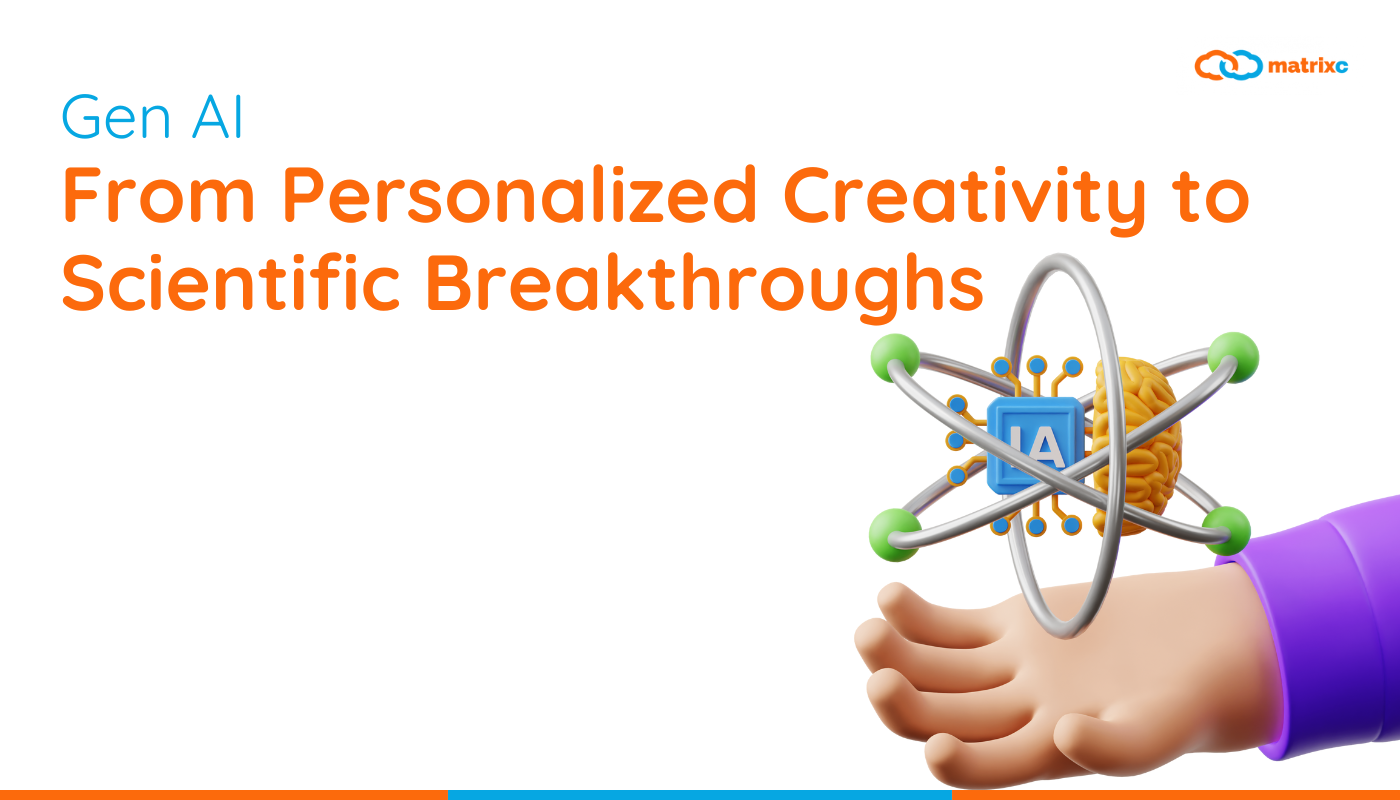In today’s fast-evolving market, staying ahead of the competition requires more than just reacting to changes—it demands the ability to predict them. Predictive analytics allows businesses to anticipate market trends, customer behavior, and operational challenges, providing a significant competitive edge. However, many companies shy away from adopting predictive analytics due to the perceived complexity of data analysis.
The good news? You don’t need a team of data scientists to leverage predictive analytics. In this article, we’ll show you how high-growth businesses can use predictive analytics to gain a competitive advantage, without overcomplicating data analysis—even if your team lacks deep data expertise.

1. Why Predictive Analytics Is a Game-Changer for Businesses
Unlike traditional analytics, which analyzes past data to explain what happened, predictive analytics uses historical data to forecast future outcomes. This forward-looking approach enables businesses to make proactive decisions that keep them ahead of market shifts and customer demands.
Key Benefits of Predictive Analytics:
- Anticipating Market Trends: Predictive models can analyze customer behavior and market trends to forecast future changes, allowing your business to adapt before the competition.
- Optimizing Operations: Predictive analytics helps identify inefficiencies in operations, enabling you to streamline processes and reduce costs before issues arise.
- Improving Customer Experience: By predicting customer preferences and behaviors, businesses can tailor products and services, improving customer satisfaction and loyalty.
Pro Tip: Leverage Google Cloud’s AI-driven analytics to automate the process of building predictive models, making it easier for your team to implement predictive analytics without advanced expertise.

2. Simplifying Predictive Analytics for Teams Without Data Expertise
One of the biggest barriers to adopting predictive analytics is the perceived need for a dedicated team of data scientists. However, modern tools have made it possible for non-technical teams to build and use predictive models.
How to Simplify Predictive Analytics:
- Use Pre-Built Models: Platforms like Google Cloud’s BigQuery offer pre-built machine learning models that allow teams to generate predictions without writing any code. This makes it accessible for teams with little to no data expertise.
- Automate Data Preparation: Preparing data for analysis can be time-consuming. Tools like Looker or Google Data Studio automate the process of data cleaning and preparation, making it easier for your team to focus on insights rather than manual tasks.
- Integrate Predictive Analytics into Existing Tools: Many analytics platforms now have predictive capabilities built-in. By integrating these tools into your existing workflows, your team can use predictive analytics without learning new, complex systems.
Pro Tip: Partner with MatrixC, a Google Cloud Partner Malaysia to help your team navigate predictive analytics tools, ensuring a smooth transition with minimal disruption to your daily operations.

3. Identify the Right Use Cases for Predictive Analytics
Not all business challenges require predictive analytics, so it’s important to focus on the use cases that will deliver the most value. Identifying key areas where predictive models can have a measurable impact will help you gain quick wins and build momentum.
Key Use Cases for Predictive Analytics:
- Customer Churn Prediction: Use predictive models to identify customers at risk of leaving and implement targeted retention strategies before it’s too late.
- Demand Forecasting: Predictive analytics can help you anticipate demand fluctuations, enabling you to optimize inventory levels and prevent stockouts or overstocking.
- Operational Efficiency: Predictive models can identify inefficiencies in your supply chain or manufacturing processes, allowing you to make improvements before bottlenecks occur.
Pro Tip: Start small by applying predictive analytics to one or two key areas within your business. Once you see the value, you can scale the use of predictive models across more departments.

4. Improve Decision-Making with Predictive Insights
By incorporating predictive analytics into your decision-making process, you can move from reactive to proactive strategies. Predictive insights enable businesses to base decisions on data-backed forecasts rather than intuition, reducing risk and improving outcomes.
How Predictive Analytics Enhances Decision-Making:
- Data-Driven Forecasting: Predictive models analyze historical trends and external factors to provide more accurate forecasts, allowing leadership teams to make better-informed strategic decisions.
- Early Warning Systems: Predictive analytics can detect early warning signs of potential issues, such as a decline in sales or increasing costs, enabling you to address them before they impact the business.
- Scenario Planning: Predictive models can simulate different scenarios based on various data inputs, helping decision-makers understand potential outcomes and choose the best course of action.
Pro Tip: Implement Google Workspace productivity tools to ensure that predictive insights are easily accessible to key decision-makers across the organization, facilitating faster and more informed decision-making.

5. Overcome Barriers to Predictive Analytics Adoption
Despite the benefits, many businesses struggle with adopting predictive analytics due to concerns over complexity, cost, and the potential for inaccurate predictions. By addressing these barriers head-on, your business can successfully implement predictive models without falling into common pitfalls.
How to Address Common Barriers:
- Start with Small, Low-Risk Projects: Begin by applying predictive analytics to smaller, low-risk projects that don’t require significant investment. This will allow your team to build confidence and expertise before tackling larger initiatives.
- Ensure Data Quality: Predictive models are only as good as the data they’re based on. Use data management solutions to ensure your data is accurate, consistent, and up-to-date.
- Continuously Refine Models: Predictive models should be treated as living systems that evolve with new data. Regularly update and refine your models to improve accuracy and relevance.
Pro Tip: Work with managed cloud services providers to streamline the integration of predictive analytics into your existing infrastructure, ensuring that you have the right data foundation for accurate predictions.

6. Cultivate a Data-Driven Culture for Predictive Success
For predictive analytics to deliver sustained value, your organization needs to foster a data-driven culture. This means ensuring that data is at the center of decision-making and encouraging all teams to embrace predictive insights.
How to Build a Data-Driven Culture:
- Data Literacy Training: Ensure that employees at all levels understand how to interpret and use predictive analytics to guide their decisions. Consider offering data literacy workshops to improve their confidence in using data tools.
- Encourage Cross-Department Collaboration: Predictive analytics works best when insights are shared across teams. Use Google Workspace collaboration tools to facilitate communication and collaboration on predictive analytics projects.
- Reward Data-Driven Achievements: Recognize and reward employees and teams who successfully use predictive analytics to improve business outcomes. This reinforces the importance of data-driven decision-making and encourages further adoption.
Pro Tip: Consider using Google Cloud’s business intelligence tools to provide real-time access to predictive insights, ensuring that all teams are aligned and can make data-backed decisions.
Conclusion:
Predictive analytics is a powerful tool that can help your business gain a competitive advantage by anticipating market trends, optimizing operations, and improving decision-making. By starting small, using modern tools to simplify analysis, and fostering a data-driven culture, your business can harness the full potential of predictive analytics—without overcomplicating the process or requiring advanced data expertise.
Contact Our Team
Are you interested to learn more about our products?
Do you wish to speak to us for professional advice on digitalizing your business?
Click on the button below to book a complimentary 1-on-1 consultation with an expert from our team.
















